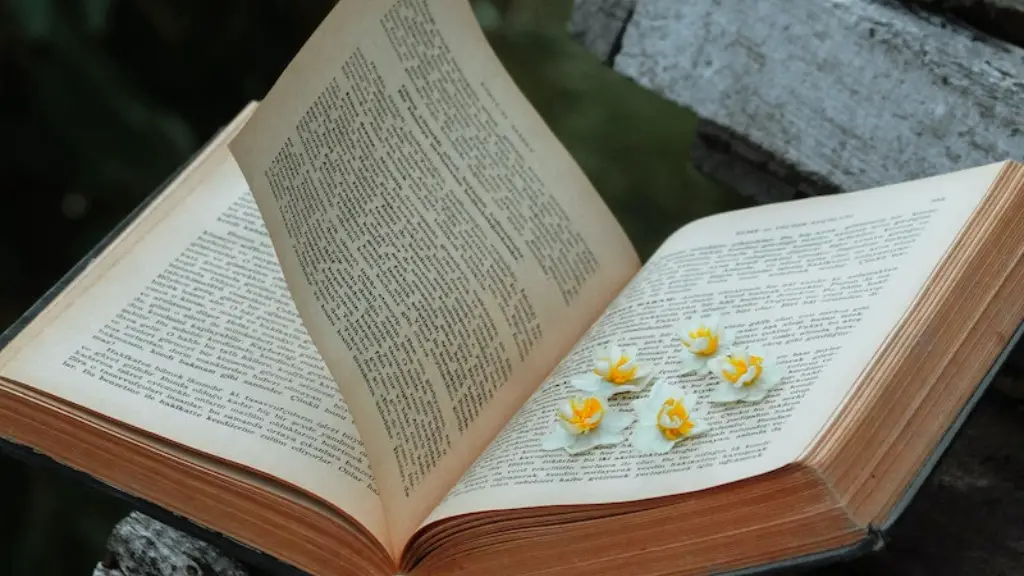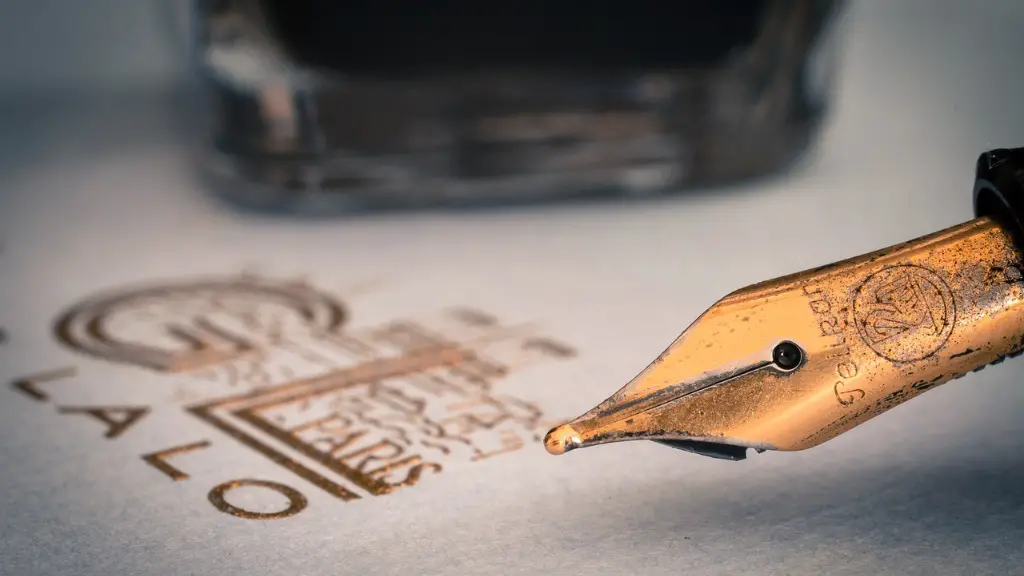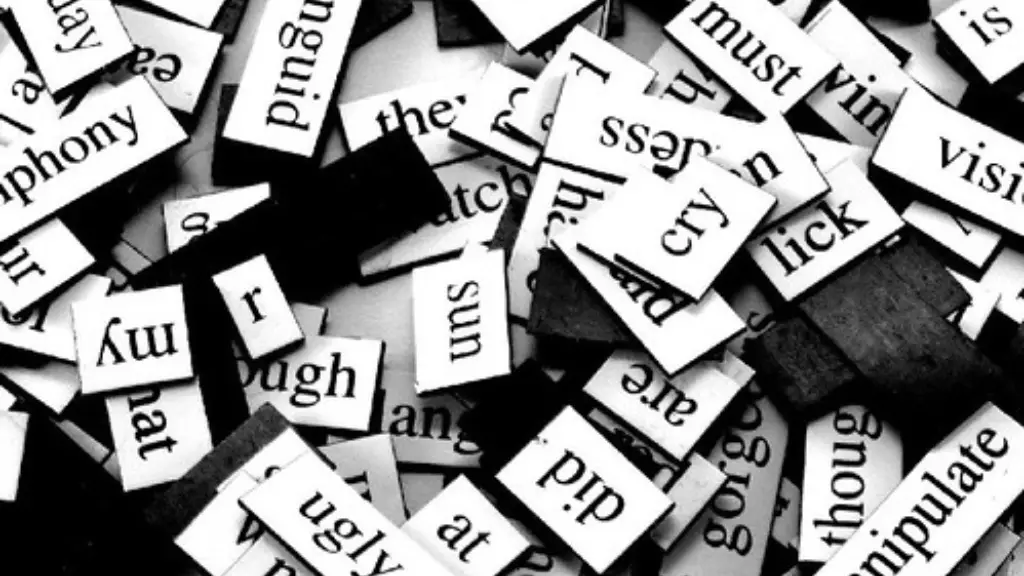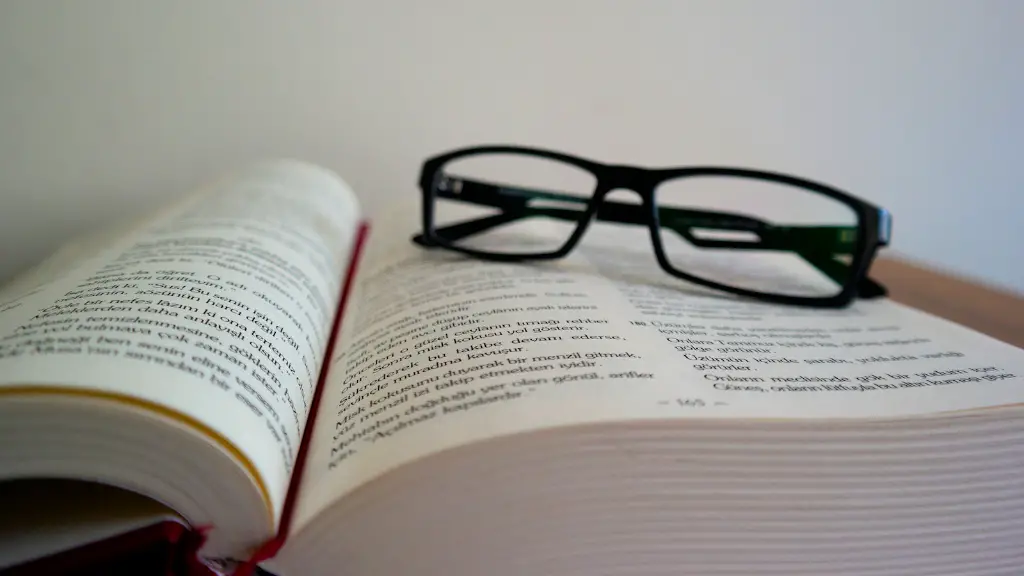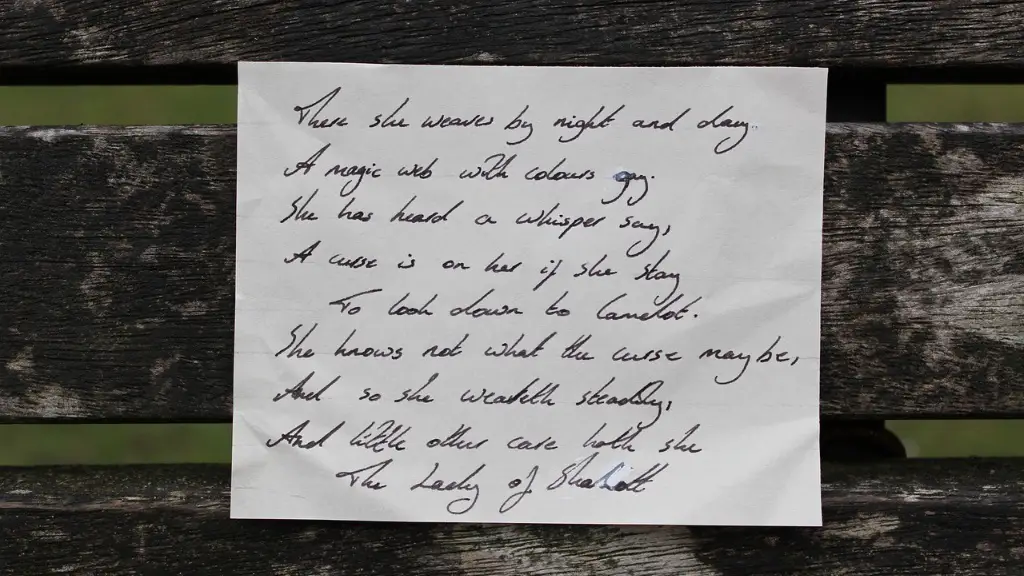How to cite poetry in MLA
Creating citations can be a lengthy and difficult process, especially if you’re citing a poem. It is, however, an important part of the scholarly process. A citation should provide an accurate reference to the source, and it should include all of the essential information that an interested reader or researcher needs in order to consult the source. This can seem like a daunting task when you’re dealing with literary sources, such as poems. Many people are unfamiliar with the Modern Language Association (MLA) citation format, and even fewer are familiar with how to cite a poem. In this article, we’ll discuss how to cite a poem correctly in MLA format, and some of the best practices for creating a solid and accurate citation.
When citing a poem, there are certain elements that are essential to include in the citation. Depending on where the poem is found, you may need additional information, such as page numbers or volume numbers. At a minimum, you should include the poet’s name, the title of the poem, and the source. If the poem can be found online, you should also include the URL. If the poem can be found in a print source, such as a book or journal, you should include the title of the book or journal, the publisher, and the year of publication. For any source, you should also include the date of access, if it is an electronic source.
Formatting
When citing a poem in MLA format, there are certain conventions that must be followed. You should include the poet’s name and the title of the poem in double quotation marks. You should then include the source, such as the book or journal the poem was published in. Following the source, you should include the publisher, the city of publication, and the year of publication. If the source is a website, you should include the URL, as well as the date of access.
When formatting a citation, you should use hanging indentation. Hanging indentation is a formatting style that looks like this:
- Author’s Name.
- “Title of Poem.”
- Source, Publisher, City of Publication, Year of Publication.
For example, if you were citing Emily Dickinson’s poem “It was not Death,” which was published in The Poems of Emily Dickinson, your citation would look like this:
- Dickinson, Emily.
- “It was not Death.”
- The Poems of Emily Dickinson, Harvard University Press, Cambridge, MA, 1998.
Alternate Citations
Depending on where you find the poem, there may be other formats you will need to use for your citation. For example, if you are quoting a poem from an anthology, you should include the editor’s name and the anthology title. The format would be as follows:
- Author’s Name.
- “Title of Poem.”
- Anthology Title, edited by Editor’s Name, Publisher, City of Publication, Year of Publication.
For example, if you were citing the poem “It was not Death” from the anthology The Best of American Poetry, edited by Robert Frost, your citation would look like this:
- Dickinson, Emily.
- “It was not Death.”
- The Best of American Poetry, edited by Robert Frost, Random House, New York, 2005.
Online Resources
When it comes to citing a poem, many people rely on online sources. While it is acceptable to use online sources for citations, it is important to remember that you should always include the original source, even if you are quoting from an online source. For example, if you are citing a poem from a book, you should cite the book, even if you are quoting from an online version of the poem. This is to ensure accuracy and to ensure that all of the necessary information is included in the citation.
When citing an online source, you should include the poet’s name, the title of the poem, the website or database where the poem was found, and the date of access. For example, if you are citing a poem from the website Poetry Foundation, your citation would look like this:
- Dickinson, Emily.
- “It was not Death.”
- Poetry Foundation, www. Poetryfoundation.org, Accessed March 12, 2019.
Including Quotations
When you are citing a poem, it can be useful to include a quote from the poem in your citation. This can help to emphasize your point and to add an interesting and personal touch to your citation. To do this, simply include the quote in quotation marks and add the line or page number of the quote, if available. For example, if you are citing Emily Dickinson’s poem “It was not Death” and you want to include the quote “it was my first skirmish with immortality,” your citation would look like this:
- Dickinson, Emily.
- “It was not Death.”
- The Poems of Emily Dickinson, Harvard University Press, Cambridge, MA, 1998, line 8.
Best Practices
When creating a citation for a poem, it is important to be as accurate and thorough as possible. Be sure to include all of the necessary elements, such as the title, author, source, and date. If you find the poem online, be sure to include the URL, as well as the date of access. Finally, be sure to use the correct formatting and punctuation. By following these best practices, you can be confident that your citation is accurate and complete.
Quoting Poetry in Text
When you are quoting a poem in the text of a paper, it is important to cite the poem correctly. When quoting a poem, you should always use quotation marks to indicate that the words are being quoted. You should also include the poet’s name, the title of the poem, and the line or page number from which you are quoting. For example, if you are quoting from Emily Dickinson’s poem “It was not Death,” your quotation in the text would look like this:
In the poem “It was not Death,” Emily Dickinson writes that “it was my first skirmish with immortality” (line 8).
Including Citations in the Text
When citing a poem in the text of a paper, it is important to include a citation. A citation should provide the reader with the necessary information to locate the source. If the poem is found in a book or journal, you should include the author’s name, the title of the poem, the source, and the page number. For example, if you are citing Emily Dickinson’s poem “It was not Death,” which can be found in The Poems of Emily Dickinson, your citation in the text would look like this:
In the poem “It was not Death” (Dickinson 8), Emily Dickinson writes that “it was my first skirmish with immortality.”
Citing from Multiple Sources
If you are citing a poem from multiple sources, it is important to provide citations for each source. For example, if you are citing a poem from both the print version of a book and the online version, you should provide two separate citations. The first citation should include the print source, and the second should include the online source. This will ensure that the reader has access to both the print and the online versions.
Conclusion
Citations are essential to the scholarly process. They provide the reader with the necessary information to locate the source of the material. When citing a poem, there are certain elements that must be included in the citation, such as the author’s name, the title of the poem, and the source. It is important to include the correct formatting and punctuation. Finally, be sure to include a reference in the text of your paper, as well as a citation in your bibliography or works cited page. By following these steps, you can be confident that your citation is both accurate and complete.
